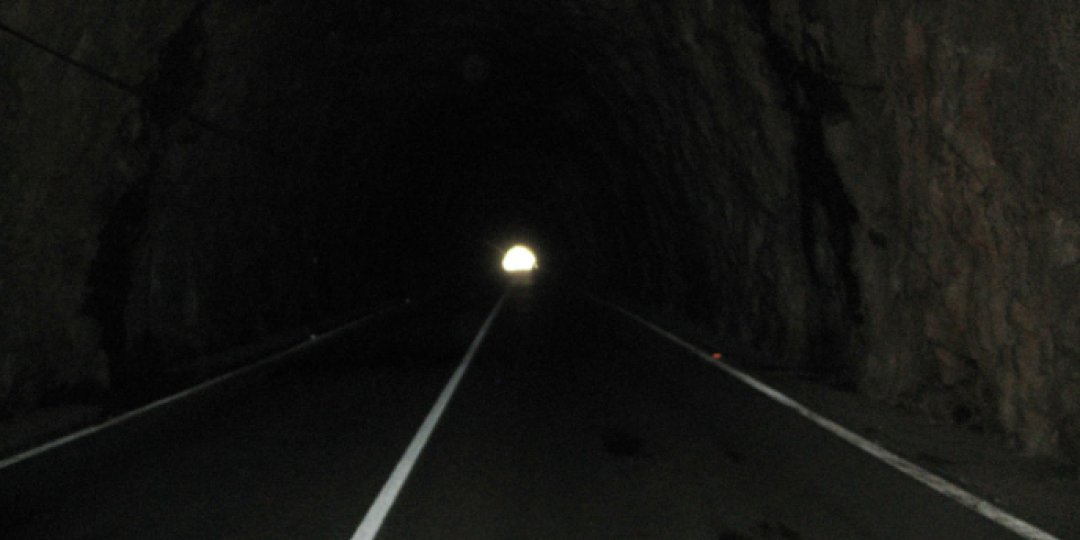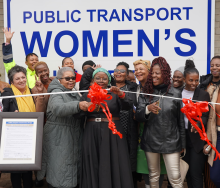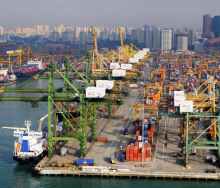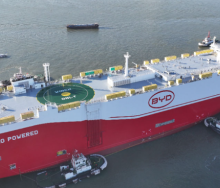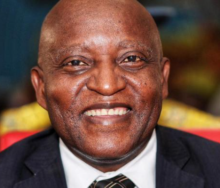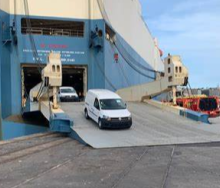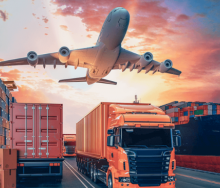South Africa will experience high levels of load shedding – up to stage seven, most likely – until at least 2027/2028 as the country’s principal energy supplier Eskom reels from a lack of finance, ageing infrastructure and no capacity to borrow money.
According to conservative estimations, the state-owned power utility must raise about £500 billion to address its parlous state.
Matthew Cruise of Hohm Energy, a specialist company that assesses energy needs, said: “Eskom has reached the stage where the buck stops with them. Money borrowed or received as bailouts has not been seen to be used for the purpose it was lent or given, so they will not have the resources, and further borrowing will be difficult.”
At a weekend media briefing, electricity minister Kgosientsho Ramokgopa gave an update, saying: “I have mentioned that the required expansion of the grid will cost an inordinate amount of money. Of course, the Eskom balance sheet is not in a position to finance the kind of requirements for the future at the required scale and speed.”
Cruise pointed out that issues relating to electricity transmission, besides exorbitant cost, will take about 10 years to implement, according to research done by the Council for Scientific and Industrial Research (CSIR).”
He added that the CSIR believed the transmission limitations would mean that little more power can be fed into the grid without increasing its handling capacity. This upgrading of the grid alone will take 10 years.
The looming problems of transmission capacity and the grid are not a sudden development and have been known for about 15 years.
He said that, for the past 15 years, the government had not been focusing on long-term solutions for South Africa’s power-generation shortfalls.
“Look at the issue of burning diesel to generate power – at great expense.”
He said it’s unwise for the utility to use up its budget in the first three months of the financial year and then ask for more money.
Seven “bid windows” have been introduced over the years for outsiders to propose a solution to the transmission problem.
In South Africa, there are significant alternative generation power possibilities through wind, solar, nuclear, and hydro.
However, the lack of clarity and policy regarding their use has hampered the development of alternative generation capacity.
The other problem is that energy alternatives are expensive.
The installation of battery-supported storage capacity has generation limitations. Wind power is intermittent, and solar only has about 12 hours each day, provided the skies are clear. It is estimated that at current prices, storage will escalate the price of electricity by about 10%.
